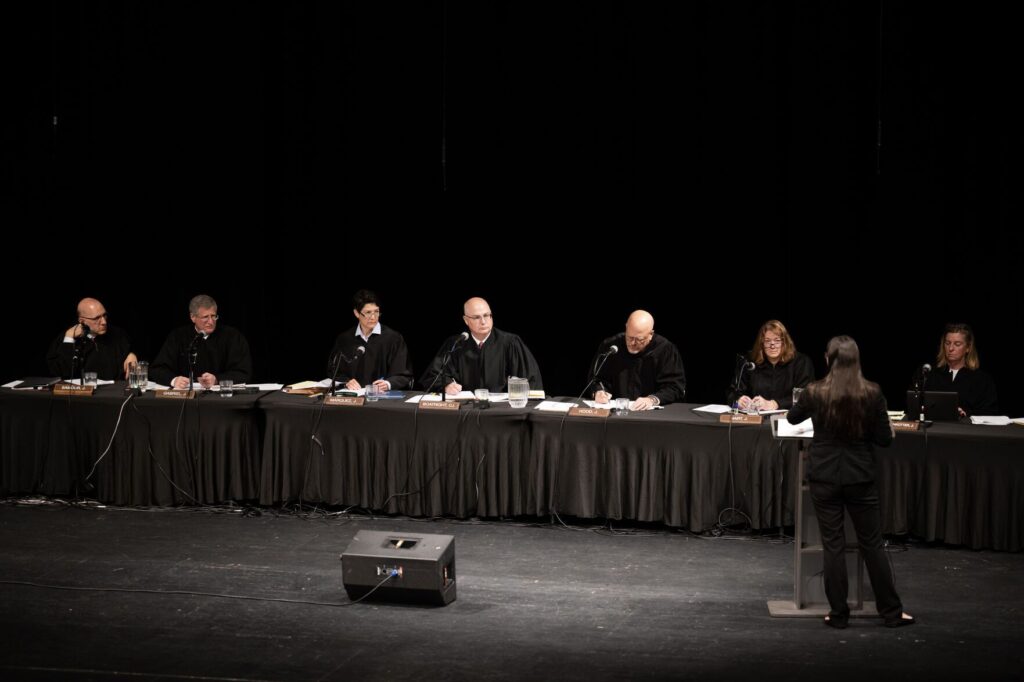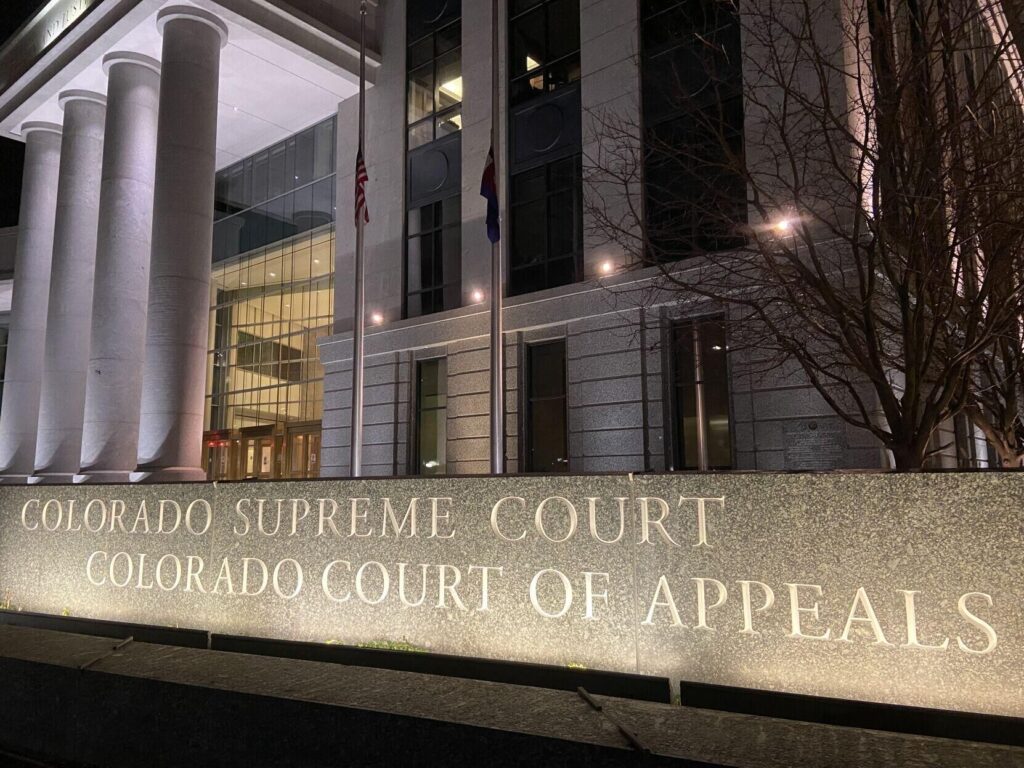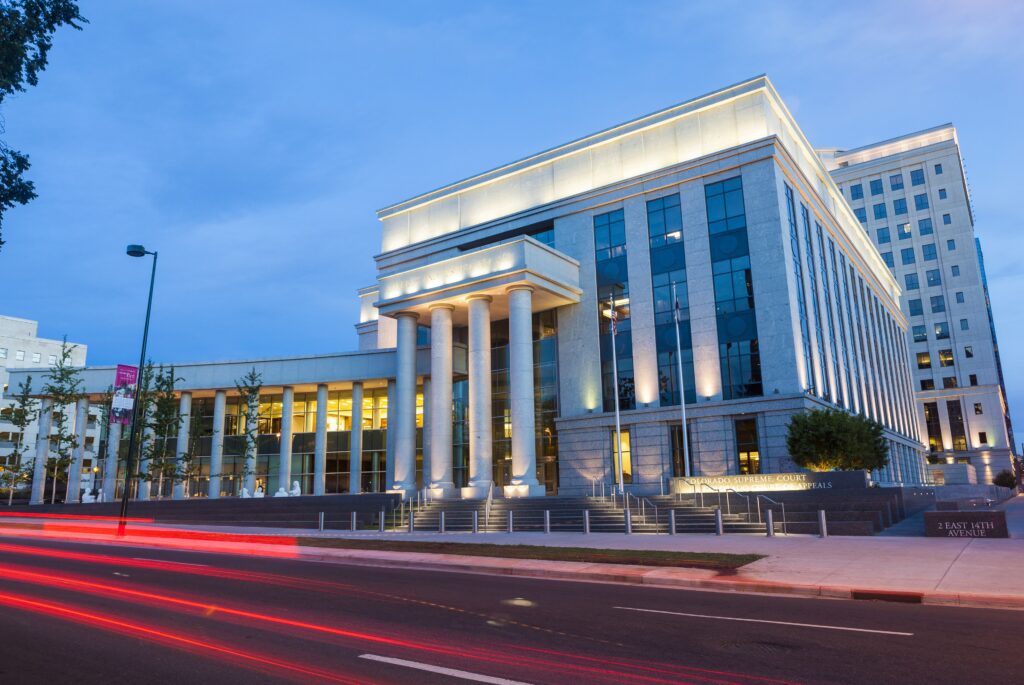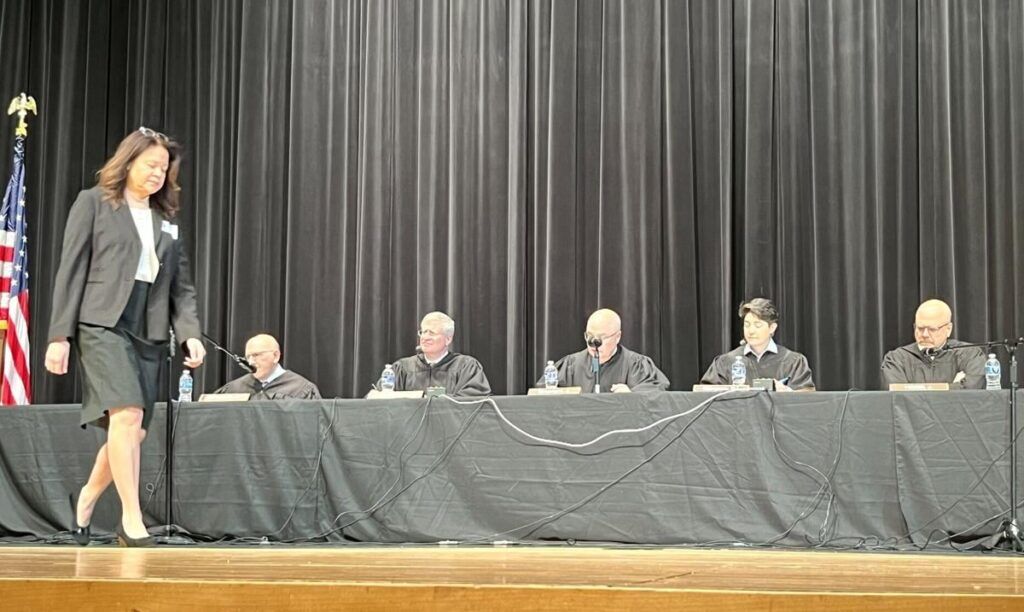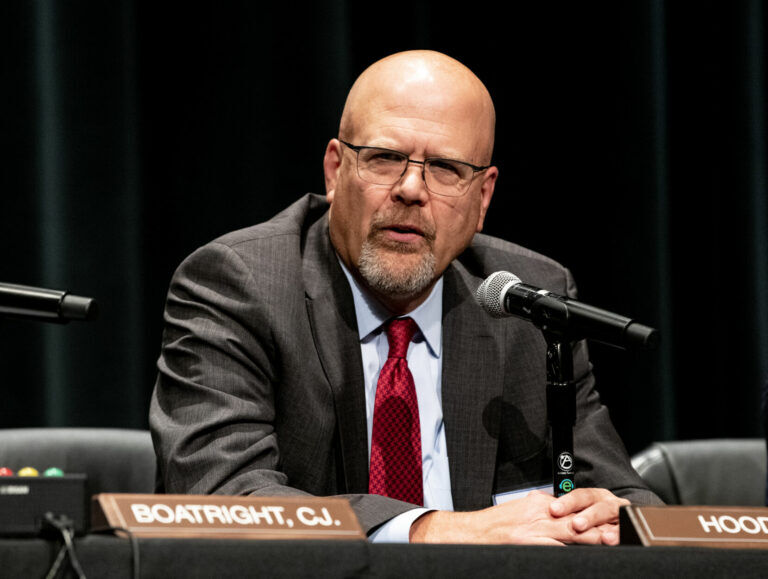Colorado’s federal trial court rolls out ‘chief magistrate judge’ position

Colorado’s federal trial court recently inaugurated a new leadership position, “chief magistrate judge,” in response to a request from the entire magistrate judge bench.
Michael E. Hegarty, the most senior magistrate judge who joined the court in 2006, will be the first to hold the title of chief.
“Judge Michael Hegarty is one of the top five magistrate judges I have practiced before in my over 43 years of practice,” said attorney Gordon L. Vaughan in an email. “He is by far the most sought-after magistrate judge for court sponsored settlement conferences (mediation). So he is an excellent choice.”
The membership of Colorado’s U.S. District Court includes seven active district judges who the president appoints and the U.S. Senate confirms, as well as several senior, or semi-retired, district judges. The district judges, in turn, hire magistrate judges to assist with the court’s workload. Although magistrate judges tend to focus on preliminary and administrative matters in cases, they can handle most of the responsibilities of their life-tenured counterparts, including presiding over cases entirely on their own.
Jeffrey P. Colwell, the court’s clerk, said Colorado is the 36th federal judicial district to have a chief magistrate judge, out of 94 districts total.
“It was our magistrate judges’ idea,” he explained. “They submitted the proposal last summer or early fall. The district judges considered it for a while and a couple weeks ago had a meeting and unanimously agreed to approve the proposal. The district judges decided that the most senior magistrate judge would start as our first chief.”

According to the court’s announcement, Hegarty will serve a four-year term in the chief’s position. He will coordinate and lead magistrate judges’ meetings, be a liaison between the magistrate judges and others at the court, and help ensure “an even distribution of work” among the magistrate judge bench. Hegarty will also meet with Philip A. Brimmer, the chief district judge, to discuss administrative topics.
Colwell said those tasks were previously executed in a “haphazard” way among the court’s seven full-time and two part-time magistrate judges.
Kristen L. Mix, a magistrate judge in Colorado for 16 years who retired last summer, said she and Hegarty had been thinking about the concept of a chief magistrate judge for a while, seeing it as a tool for enhancing communication and coordination.
“We were really good about doing that among ourselves on our own without a chief,” she said. But “it became more and more obvious as time went by, to the both of us, that it would be really helpful to have someone who would represent us as a group when talking to the district judges.”
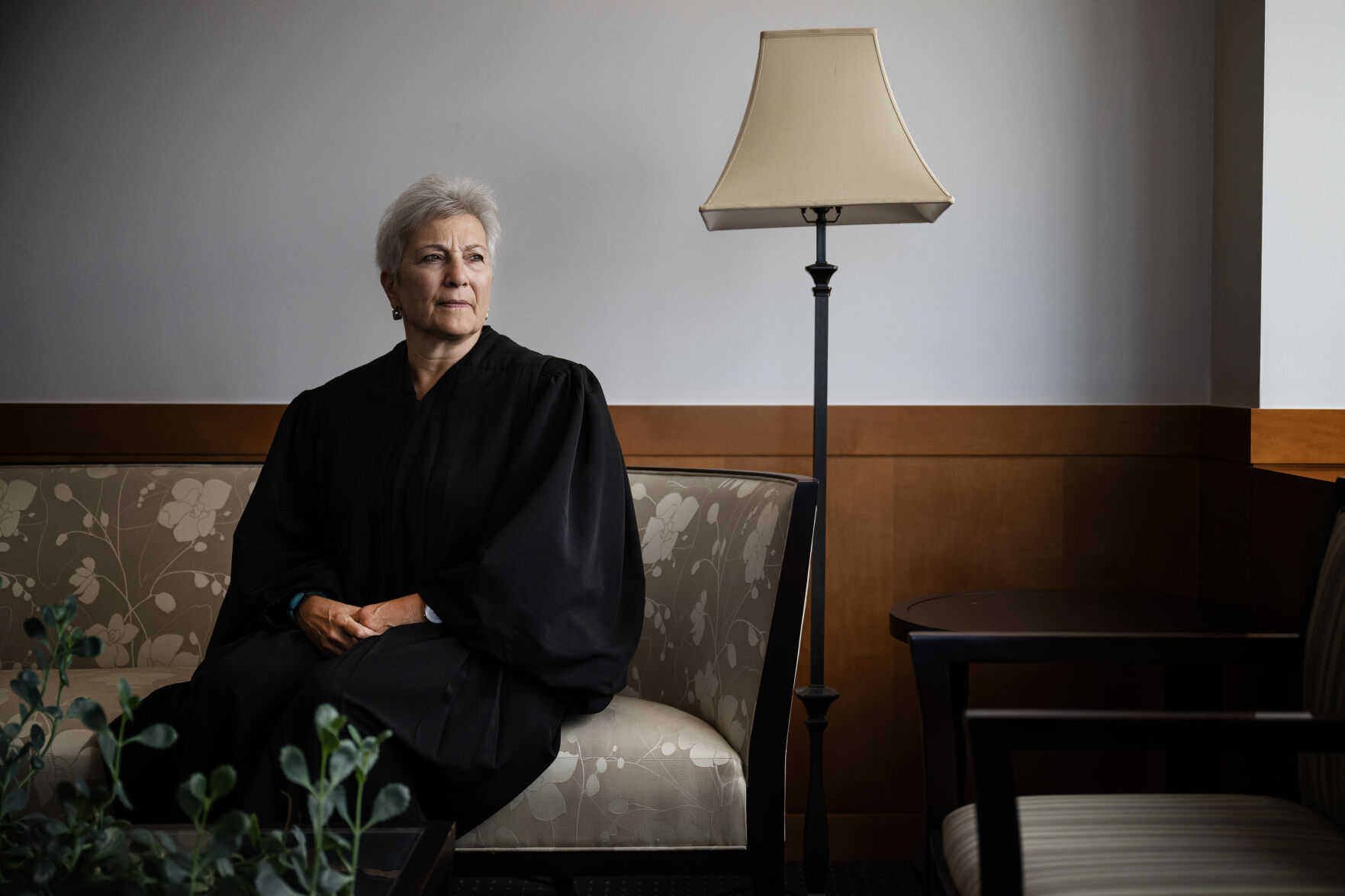
Mix recalled that Magistrate Judge Maritza Dominguez Braswell drafted the proposal for a chief magistrate. Her colleagues signed off on the letter and sent it to the district judges. The proposal suggested a fixed term based on seniority.
“We had a pretty clear vision of how it would benefit the court,” said Mix.
The magistrate judge and district judge benches have undergone significant transformation since 2021. Including one upcoming vacancy, five of the nine magistrate judge seats have changed hands. President Joe Biden has also appointed five new district judges – including, for the first time in Colorado’s history, from the ranks of magistrate judges.
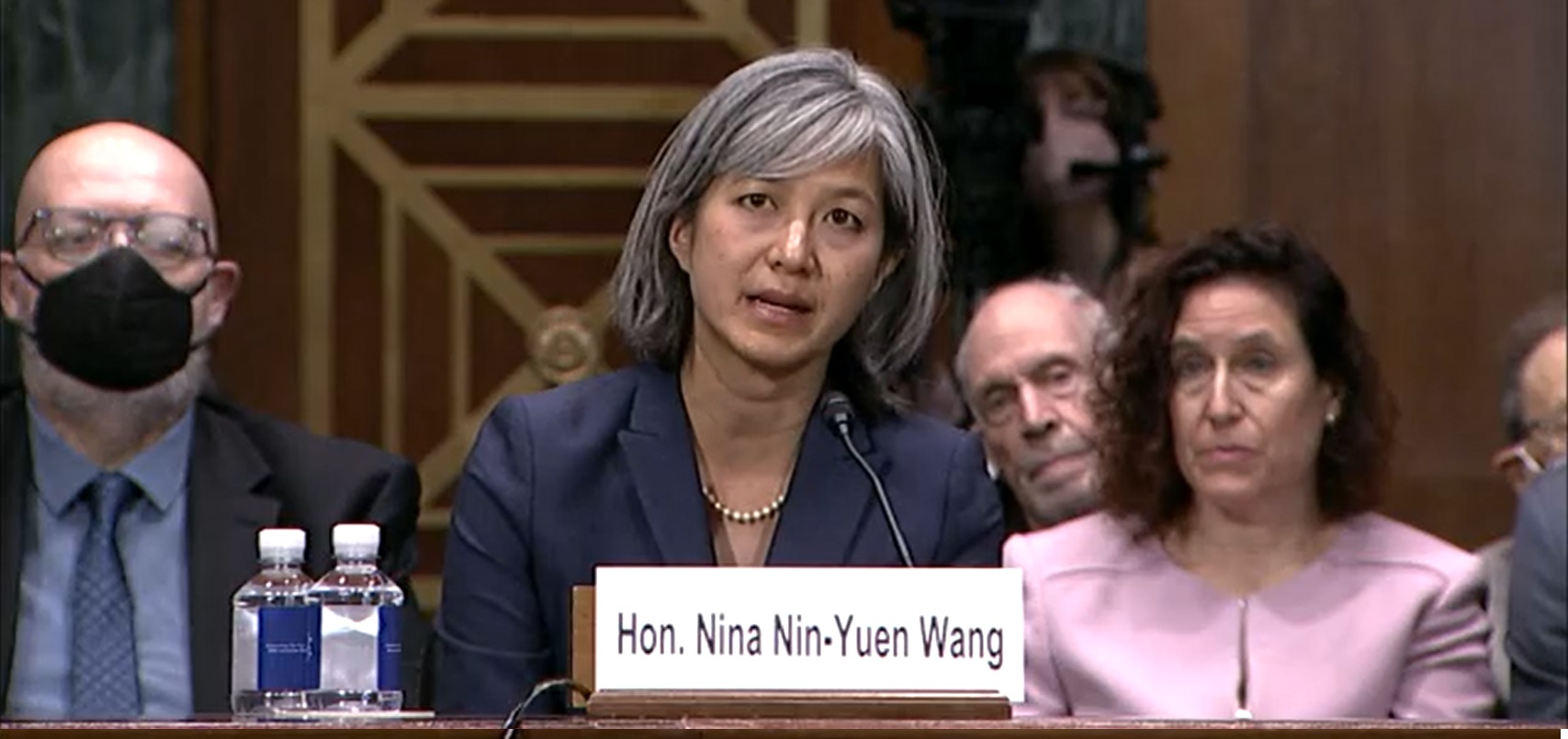
Colwell acknowledged that the establishment of a leadership role specifically for magistrate judges could reinforce the separation between magistrate and district judges, creating “silos” instead of collaboration.
“When you go down the pro-con list, that is a concern. That’s a legitimate concern,” he said. “I think our court determined that the pros of efficiencies and things like that outweigh the cons, but they’ll keep their eye on that.”
A chief magistrate judge in another judicial district, speaking to Colorado Politics on condition of anonymity, said there is value in identifying common issues among magistrate judges and having a person who facilitates communication about those issues within their own ranks and with those who oversee them.
“I think it’s valuable to have a chief magistrate judge to be the repository of concerns and best practices, and it’s my job to shepherd those with the district judges in meetings. But it’s not the exclusive way for that to happen,” the chief magistrate judge said.
Mix said there is already collaboration between magistrate and district judges in Colorado, and magistrate judges have their voices heard on most issues and participate in judges’ meetings. She indicated there is a natural divide between the two groups, but did not believe the establishment of a chief magistrate judge would exacerbate their differences.
Regardless of the effects, Mix emphasized the magistrate judges were the ones who pushed for the new role.
“It was our idea,” she said.



